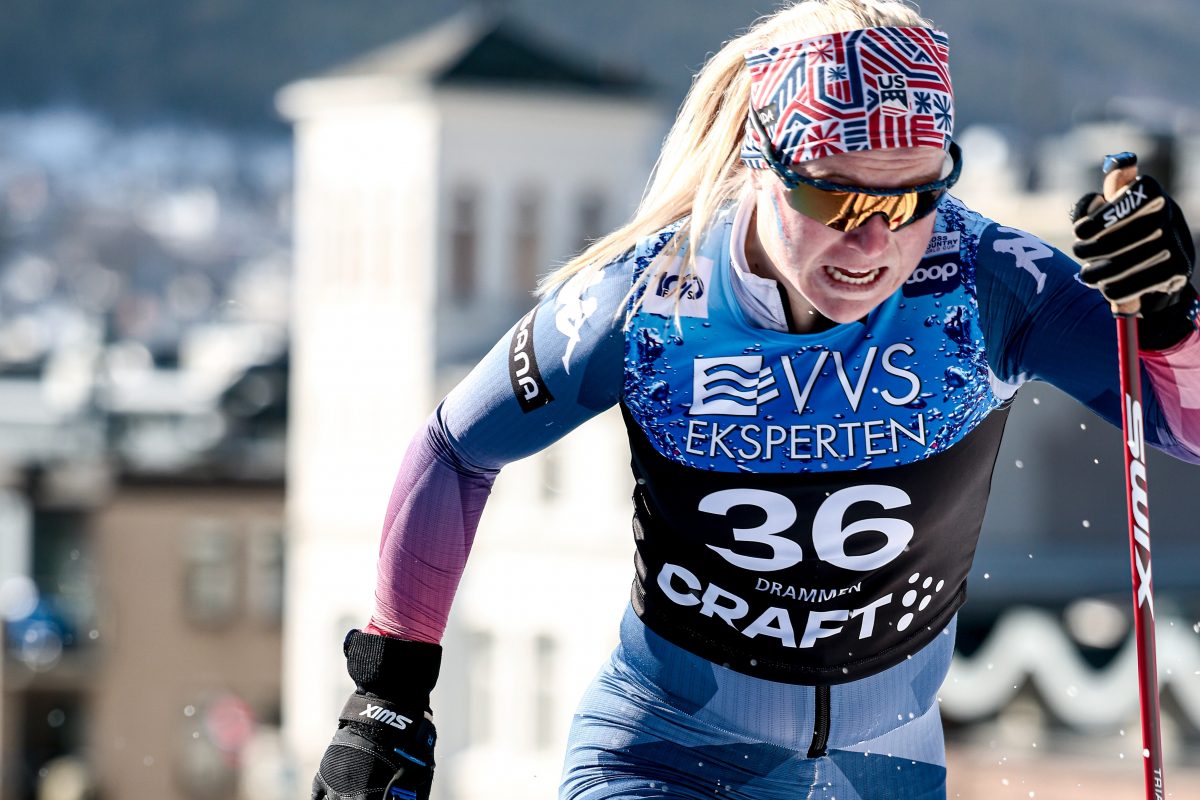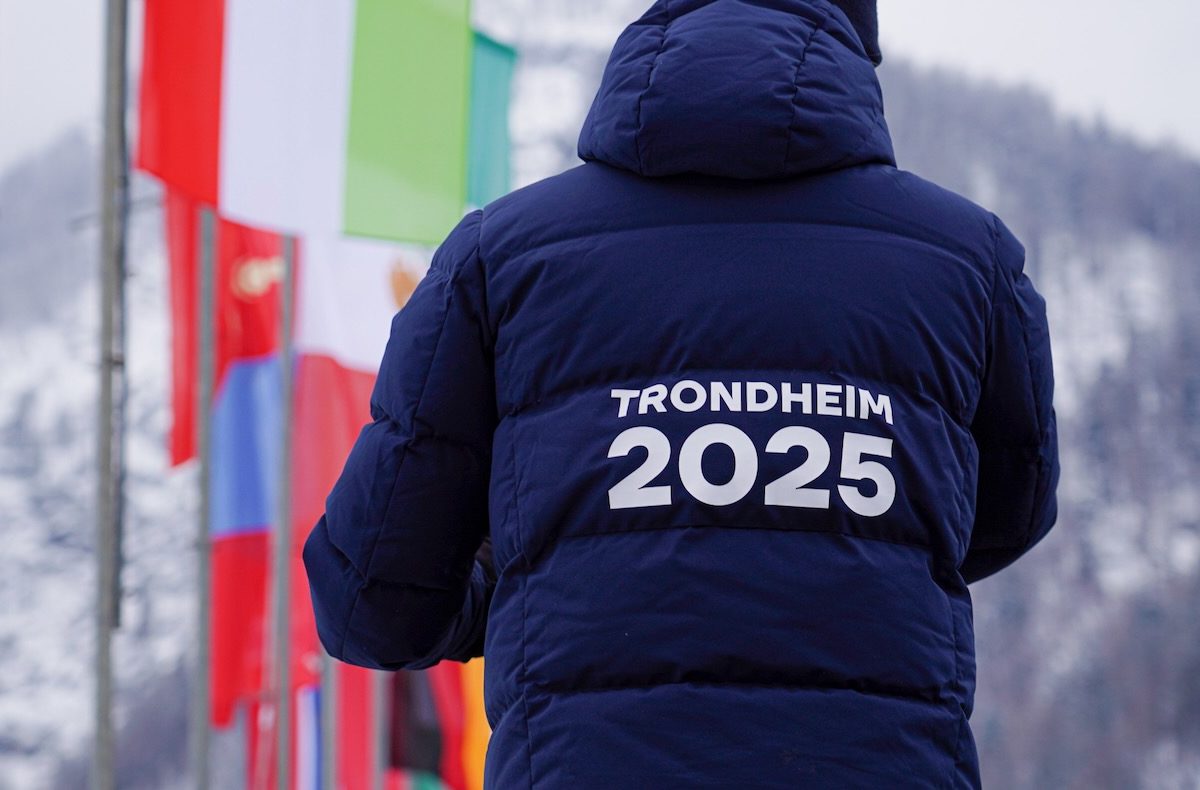
For the last few weeks, Justyna Kowalczyk of Poland has been training five to six hours a day.
Seriously. We asked her four times, just to be sure. Granted, she said that only three to four of those hours were skiing—the rest were in the gym. But it’s still a lot of volume in advance of a World Cup.
Kowalczyk’s approach to her training underscores athletes’ varying strategies during this final period leading up to the 2010 Olympics in Whistler. Some see the World Cup races in Canmore as a throwaway—just a small stepping stone on the path to a medal—but for others, it’s the last opportunity to test out the motor in a competitive field, and to make some final adjustments.
A good chunk of the World Cup field is racing in Canmore, but of those, very few are shooting to have their best results here. And others, like the Norwegian Olympic team, decided to skip the races altogether, opting instead for an altitude camp in Sun Valley, Idaho.
“Less distraction, less traveling—we just want to make sure that we have all the power for the Olympics,” said Vidar Lofshus, one of the coaches of the Norwegian B-team competing in Canmore.
Lofshus said the elevation in Sun Valley was significantly greater than that in Canmore, and that the Norwegian athletes want to stay at that higher altitude for as long as possible. And avoiding the additional travel, too, puts the team at a lower risk of getting sick.
In addition to the Norwegians, the other conspicuous absences include the Estonians, the Czechs, the French men, and the Finnish women.
Of those athletes that have chosen to race here, most are still at the tail end of some big training blocks.
Their plans are tailored towards a peak at the Olympic events that take place in a couple of weeks, and the athletes won’t put too much stock in their results here.
“”I’m pretty wasted….It beat me up badly,” said Canadian Devon Kershaw, referring to his last three weeks of training. He said before Friday’s race that he expected very little to show for his efforts, and that indeed was the case, as he struggled to 37th in the 15k skate.
But according to coaches, the Canmore races are close enough to the Olympic venue that it’s still worth the trip for a chance to test the legs, especially given the reliable conditions with the man-made snow here.
“It’s the last chance before the Olympics to have a competition on a high level…and to get in the normal rhythm,” said Jochen Behle, the coach of the German national team. “Therefore we do the races.”
For some countries with large Olympic teams, like Germany’s, coaches will be parsing the results from Canmore to guide their selection of starters for the first races in Whistler.

Behle said that he will be looking at them carefully—especially since Friday’s distance skate races will be replicated at the Games in just ten days.
The two efforts should also provide a good gauge for coaches to judge how the last month of training has affected each skier.
“After this race, then we know if we must go a little bit harder with some training, or if we have to be a little bit softer—exactly where are the athletes standing?” said Joakim Abrahamsson, the Swedish head coach. “From now on until the Olympics, you can only make little small changes, but it can be very important.”
Abrahamsson said that his staff would be shooting video out on course this weekend, which will be used to help athletes make some last refinements with their technique.
Nathaniel Herz
Nat Herz is an Alaska-based journalist who moonlights for FasterSkier as an occasional reporter and podcast host. He was FasterSkier's full-time reporter in 2010 and 2011.



